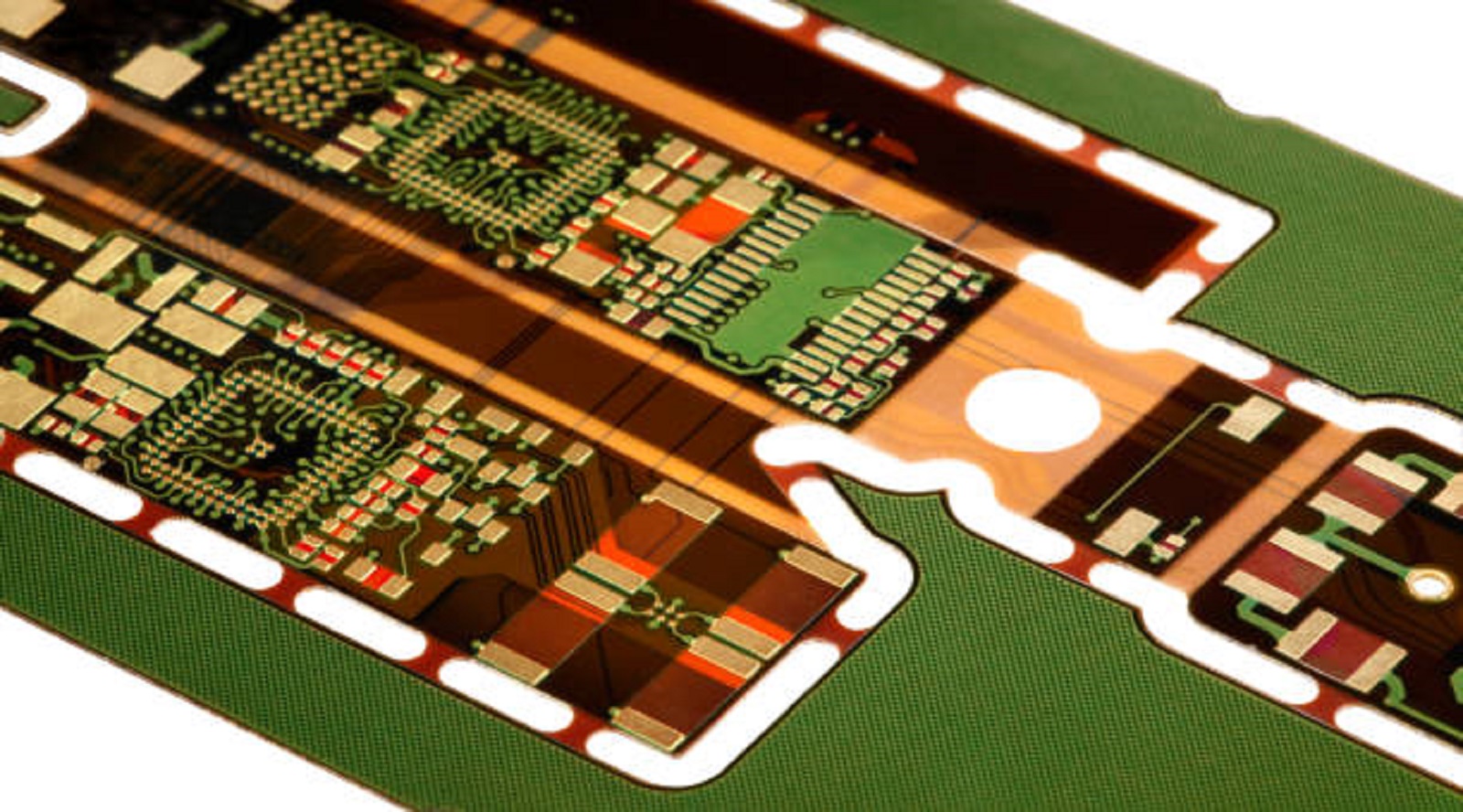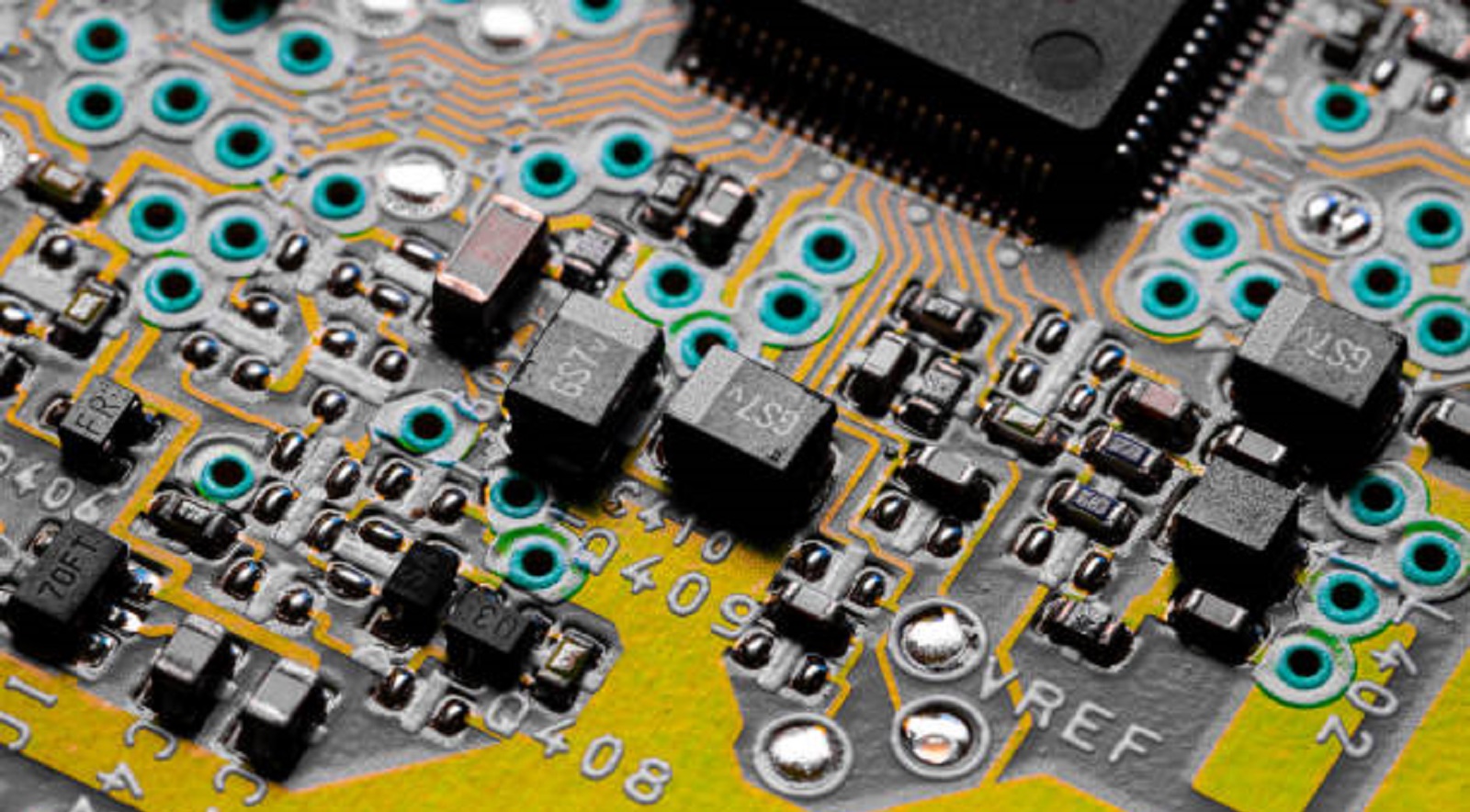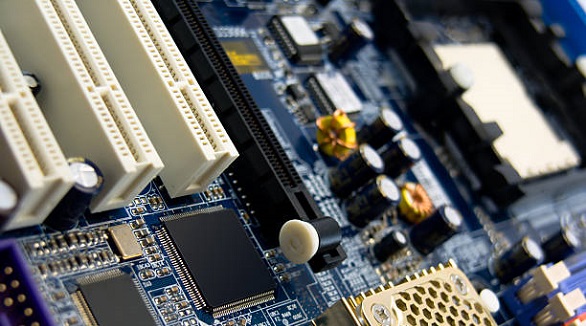Kelvin Connection PCBs
Kelvin connection PCBs enhance measurement accuracy by using a four-wire setup, crucial for precision down to micro-ohms in high-stakes applications.
It is a concern in many areas of electronics and electrical engineering, since the performance and reliability of such a system may depend on these measurements, and the Kelvin connection is one of the most accurate methods available. By integrating this method into printed circuit boards, engineers can achieve a level of precision that often surpasses traditional techniques. How important is the Kelvin connection PCB? Application, benefits, and what are the very basics behind designing these sophisticated boards are discussed here.
Kelvin connection refers to a fine four-wire electrical measurement configuration that was engineered to precisely measure the exact resistance of the DUT with superior accuracy. Whereas most often, the conventional way to perform measurement involves just a two-wire connection, Kelvin connection supplies current to the DUT via one pair of wires while measuring voltage drop by another set. The aim here, however, remains ensuring that this only measures true resistance of DUT without extra unwanted variables. Thus, integrating the Kelvin connection within PCB designs requires special hardware such as source/switch electronic and additional contacts/wires :
Embed Kelvin connection configurations in PCB traces to unlock the potential of making very precise on-board measurements of resistances. In those applications that especially call for precision down to the micro-ohm, use Kelvin connection PCBs, now widely in place with ever-growing needs. Why should one employ Kelvin connections in their PCB designs?

Why Use Kelvin Connections on PCBs?
Including Kelvin connections into printed circuit boards gives one many important benefits besides more precise measurements; overall, such approaches tend to boost electronic systems' reliability as a whole.
Precision Current Shunt Resistance Measurement: In high-power PCBs, current is usually measured by using shunt resistors.Kelvin connections to these shunt traces permit resolutions down to micro-ohm levels to enable more precise current measurement.
Accurate Voltage Drops Sensing: Kelvin Connections- Small voltage dips between PCB nodes may be detected with minimal noise interference since Kelvin connections have low trace resistance. This feature becomes crucial for precisely calibrating a system's power regulation circuits for stability and effectiveness.
Analyze PCB Copper Integrity: At various quality control levels, analyzing PCB trace resistance through Kelvin contacts gives assurance for both design verification and defect discovery-cracks, in particular. All this degree of precision enables one to match up to specifications set by most advanced electronic pieces that are developed and sold presently.
Improved Reliability Testing: By using Kelvin connections to track variations in PCB trace resistance during vibration or temperature testing, any issues can be found before a failure really happens. By preventing expensive repairs or malfunctions, this predictive capacity greatly improves system reliability.
Crucial Properties of the Kelvin Connection
The following crucial characteristics are necessary for Kelvin connections to offer precise resistance measurements:
Electrically Isolated Current and Sense Traces: The technique ensures that no current passes through the trace of sense by separating the channels that transport the current from those that monitor voltage. This is important ground on which error can be eradicated.
Low Impedance Paths: Making the traces thicker but shorter will lower parasitic resistance. That will provide micro-ohm precision. The special path design shown here makes a Kelvin connection very different from their traditional cousin counterparts.
Direct Component Terminations: The sense traces are routed directly across the resistive component, without using an indirect path through some node. In this way, potential noise and signal distortion are minimized.
Optional Shielding: Shielding To avoid coupling noise from high current to sensitive sense traces, shielding can be introduced. This option will be highly useful in an environment with high electromagnetic interference.
Different Implementations of Kelvin Connections
Kelvin connections on PCBs may be made using a variety of methods:
Discrete Wired Resistors: Wide traces link resistors soldered onto specific Kelvin termination pads, either in surface mount or through-hole packages. This is a tried-and-true technique for measuring resistance accurately, despite being historic.
Printed Resistive components: The designers print thick-film or etched copper components directly onto the PCB surface to create shunt resistors that naturally use Kelvin connections. This likely eliminates the need for extra components in designs.
Internal Layer Traces: It is possible to allocate complete internal copper layers of a multilayer printed circuit board (PCB) to low-impedance Kelvin wire with minimal trace lengths. This method can occasionally be quite beneficial for challenging or space-constrained designs.
High Density Kelvin Arrays: Arrays of spring-loaded contact pins that may be attached to pads on boards being tested provide effective automated testing for high quantities during production.
Design Considerations for Kelvin Connections in a PCB
The following considerations must be addressed while designing effective Kelvin connections on a printed circuit board:
In order to ensure measurement accuracy, it is important to minimize parasitic resistances by keeping all four traces as short and broad as feasible.
Avoid Trace Bends and Shapes: Steer clear of any trace bends and shapes as much as you can since they might lead to impedance variations that could skew a steady current flow route.
Copper Fills for Shielding: Adding copper fills around the traces, connected to ground, will shield against possible noise sources and allow better signal integrity.
Add Test Points: In addition, adding test points can facilitate the hookup to internal PCB Kelvin wiring, if needed at a later date for debugging or failure analysis without requiring invasive edits.
Applications and Usage Examples
Kelvin connection PCBs provide high accuracy resistance measurements through a wide array of applications which include:
Power Supply Current Monitoring: Shunt resistors with Kelvin connections provide temperature-stable, high-resolution current sensing for closed-loop supply regulation in power electronics.
Battery Pack Wired Resistance Measurement: Kelvin connections, as described here, are common in cell-balancing circuits to measure wiring harness resistances both for voltage accuracy and, most importantly, system efficiency.
Press Fit Connector Testing Contact Resistance: Contact resistance changes in press-fit PCB connectors can be tested in thermal cycling by engineers to qualify the reliability and longevity of a connector.
Continuous Testing for the Integrity of PCB Traces: Kelvin connections, under high current loads that are continuous, test the resistances of copper traces for their long-term reliability and predict any modes of failure.
Calibration of Biomedical Sensors: The on-board wiring of Kelvin in medical instruments tunes sensitive sensors at resolutions to micro-ohms, giving valid and precise data about patients.

Kelvin connection PCBs are at the very edge of this highly accurate resistance measurement technology, utilizing the segregation of the current supply and voltage sensing paths in rejecting noise and offering enhancement in precision. Such properties make them indispensible in everything from power electronics to biomedical instrumentation. Thus, with due attention to design and shielding, a PCB with Kelvin connections meets those fast-growing demands for accuracy and reliability in today's electronic applications. With increasing development in technology, Kelvin connections offer the precision needed by the next generation of electronic devices.
Hot Tags:
Contact us

If you can't find what you're looking for, please contact us.
Article

3-layer PCBs offer a balance of cost and complexity with benefits like improved signal integrity, reduced EMI, and increased component density for varied applications.

Castellated pads in PCB design facilitate easy board-to-board connections, enhancing miniaturization, assembly, solder quality, and flexibility for compact modules.

Capacitive circuits store and release energy, stabilize voltage, filter signals, and manage power flow, making them vital for modern electronic systems.